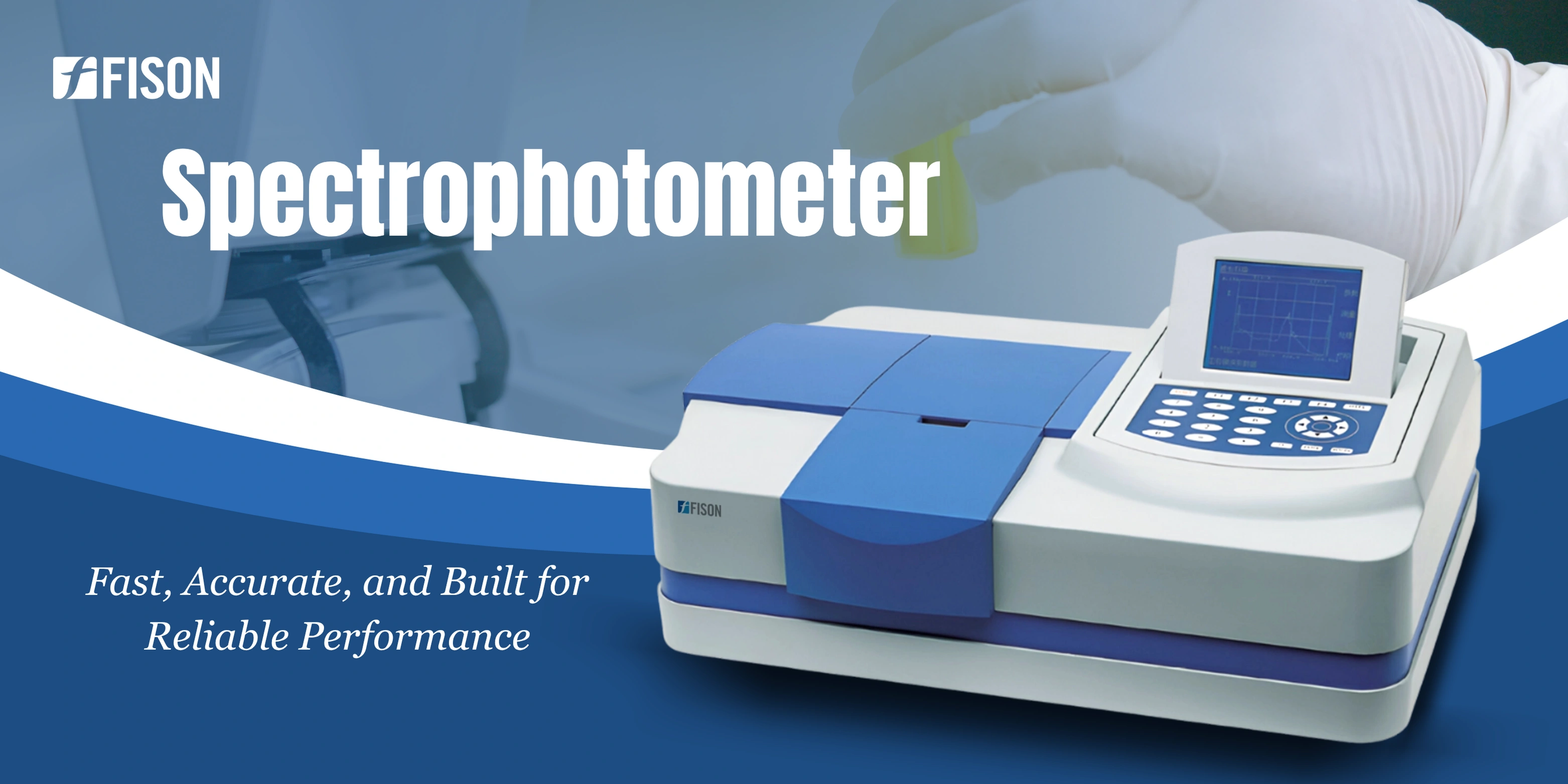
Spectrophotometers are essential tools in any laboratory involved in chemical, biochemical, or molecular biology analysis. For beginners, understanding how to use a spectrophotometer can significantly enhance accuracy and confidence in daily lab tasks. This guide covers the basic principles, step-by-step instructions, and tips to avoid common mistakes.
What is a Spectrophotometer?
A spectrophotometer is a device used to measure the intensity of light at different wavelengths. It determines how much light a substance absorbs at a particular wavelength, helping to identify the concentration of solutes in a solution. The principle is based on Beer-Lambert’s Law.
Basic Components
Light Source: Typically, a tungsten or deuterium lamp that emits a continuous spectrum.
Monochromator: Selects a specific wavelength of light using a prism or diffraction grating.
Cuvette Holder: Holds the sample in a clear container made of glass or quartz.
Detector: Measures the amount of transmitted light and converts it into an electrical signal.
Display Unit: Shows absorbance (A) or transmittance (%T) values.
Step-by-Step Guide to Use:
Turn on the spectrophotometer and allow it to warm up for 15–20 minutes.
Select the wavelength based on your compound's peak absorbance (usually obtained from literature or experimental scanning).
Calibrate the instrument using a blank solution (the solvent used to dissolve your analyte).
Insert your sample in a clean, dry cuvette and place it into the holder.
Read and record the absorbance value shown on the screen.
Use a standard curve (plot of known concentrations vs absorbance) to determine unknown concentrations.
Common Applications
DNA/RNA Quantification: Measures absorbance at 260 nm.
Protein Concentration: Bradford or BCA assays at 595 nm or 562 nm.
Enzyme Activity Assays: Track substrate or product formation over time.
Conclusion
Spectrophotometers are simple yet powerful tools. Regular maintenance, proper calibration, and understanding the basic principles will enhance reliability and reproducibility in all lab experiments involving light absorption.
